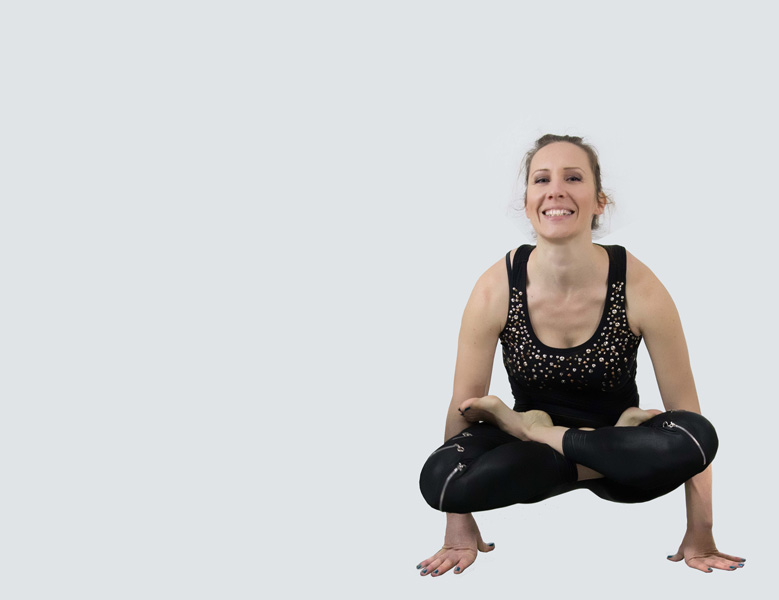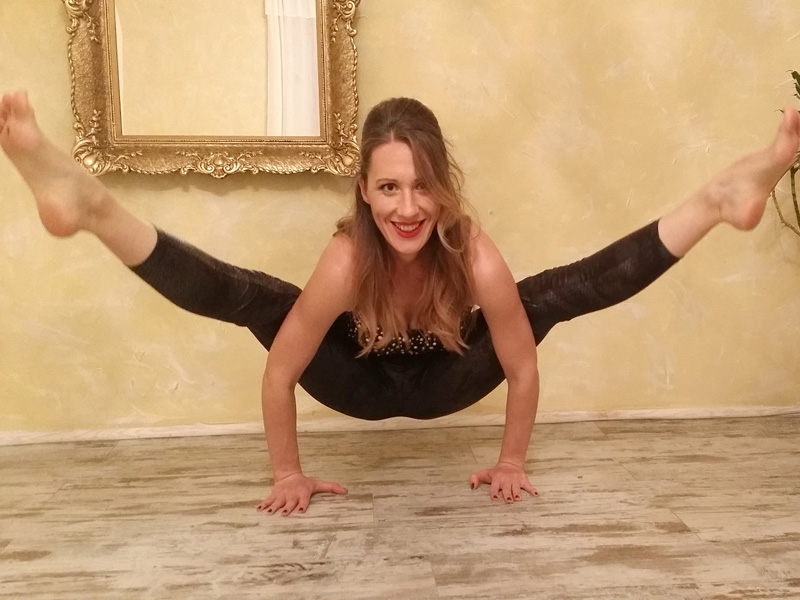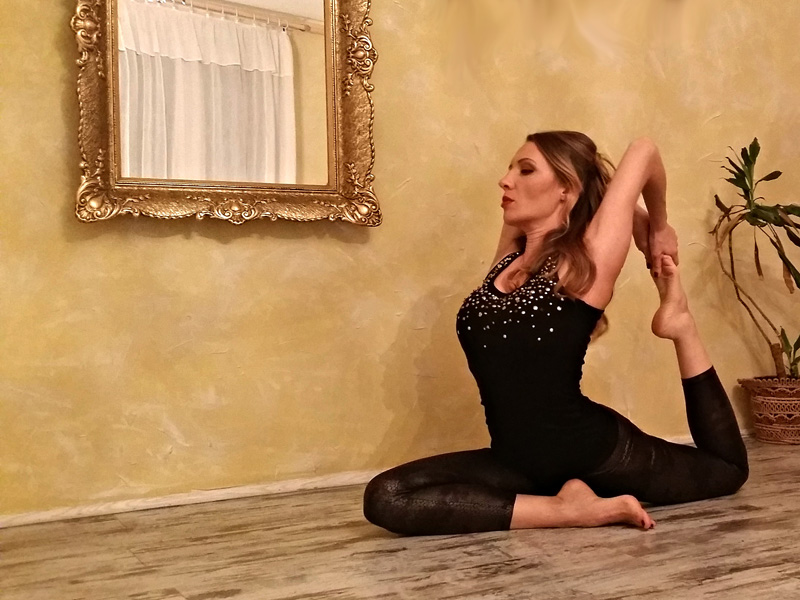Radmila Knezevic, who turned her years-long hobby into a profession, is a licensed yoga instructor of the Vidya Voga school, which is under the auspices of the European Yoga Alliance. As she says, she finally found a profession that she can commit fully to with love.
When You start doing yoga, perception of the world surrounding You becomes to change. For better, of course. What are the things that can be changed by yoga, read in the article Yoga as a Way of Life.
How and why You started practicing yoga?
For a few months, in a fitness center where I practiced, I was trying different fitness group programs. Yoga was the only class that made me feel refreshed and empowered. After yoga class, I could come home and clean entire apartment. Some other classes only made me think of “hitting the bed”. I have no intention to deny benefits of a good aerobic training, but this was a deciding factor for me. Until you feel it within your own body, all arguments are redundant.
What are the yoga types and what are differences?

Most people associate yoga with one branch of yoga practice, Hatha. Hatha is all about the basics in these slower moving classes that require you to hold each pose for a few breaths. Ashtanga is a traditional and structured system of more complex movements and positions, and I enjoy it the most. It generates internal heat and builds strength, but just like with everything else, skipping steps is not always a good idea. I wouldn’t recommend it for beginners.
Vinyasa yoga combines these two. It is a dynamic practice that links movement and breath together in a dance-like way. Acro yoga is a less known concept, performed usually in pairs consisting of a base and a flyer. On base’s hands or legs, the flyer can perform a wide range of movements and positions. This is a wonderful way of gaining trust and harmonization, combined with other benefits that yoga brings – building flexibility and strength, improvement of balance and focus. The transmission of these qualities from a yoga mat to one’s personal and business aspect of life is invaluable asset.
What part of the body is the biggest stress container?
Stress influences all organ systems. It affects digestion, skin, but accumulated tension can be usually noticed in upper back muscles, shoulders and/or neck and lead to headache. These areas of the body are being targeted in every yoga class. A special way of breathing, Ujjayi, is additional help. You can practice it even while you are sitting at your office table. First, seal your lips and start to breathe in and out through your nose. Take inhalation that is slightly deeper than normal. Exhale slowly while constricting the muscles in the back of your throat.
If you’re doing this correctly, you should sound like waves in the ocean. You should keep attention on the breath. For a few minutes, focus only on this sound, no matter what is happening around you. It is not easy, but give it a try.
Only a few minutes of focused Ujjayi breathing can release tension and tight areas of the body, alleviate headaches, even lower blood pressure and regulate heartbeat. This is an only first aid, of course.
Whom would You recommend yoga practicing to?
Yoga is for everybody and every type of a body. Only important thing to remember is to choose an experienced teacher to adapt class for the needs of a specific person and body condition, age and health. Some people tend to say “I’m not flexible enough to do yoga”. Saying that is like saying you’re too dirty to take a bath.
Some companies offer yoga classes for their employees during working time. What do You think about that?
Sedentary lifestyle and disrupt work-life balance lead to absenteeism. Undoubtedly, companies should rather offer well designed type of physical activity during workday such as yoga than deal with consequences. It is known that quality time during the breaks can increase work efficiency. Yoga class is ideal for filling those breaks. Excluding financial factors, this is one of the best ways for a company to show care and appreciation to its people.
For You personally, what is the most demanding yoga position? What does it do?

There is no posture which can be described as the most demanding. Some people put a lot of effort in conquering postures that are relatively simple. For some other, even difficult ones are going smoothly. It surely depends of a body’s physical condition and of practitioner’s personality also. It is often said that “Yoga is not about touching your toes; it’s about what you learn on the way down.” Accept the challenge. Expand your limits. That’s what it is all about.
Firefly pose is one of my favorite challenges. It is an arm balance pose that requires more core strength than arm strength. Lifting yourself off the floor by carefully shifting your center of gravity can be really complex. With an inhale, you should stretch your legs out to the
sides as straight as you can, keeping your pelvis high to make your legs parallel to the floor.
I’m not even close. However, I’m happy to share with you that I’m constantly improving.
If You are interested in hatha and vinyasa yoga, contact Radmila via e-mail radmilaknezevic82@gmail.com or by phone: 063 104 1404 i 064 262 4072.
About most important things in yoga, read the interview with Suzana Jakovic, yoga instructor that committed herself in changing the educational system by using yoga philosophy and psychology.




































 Srpski
Srpski English
English